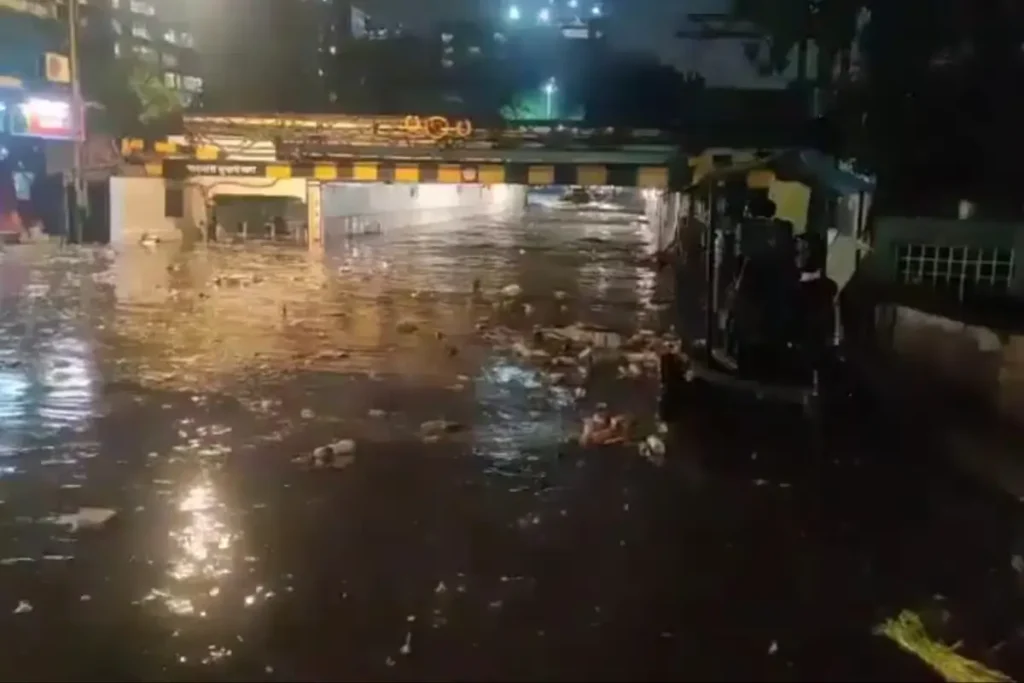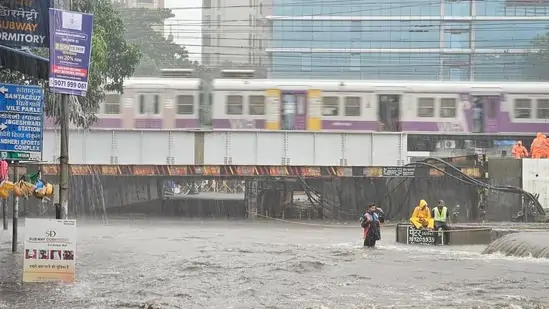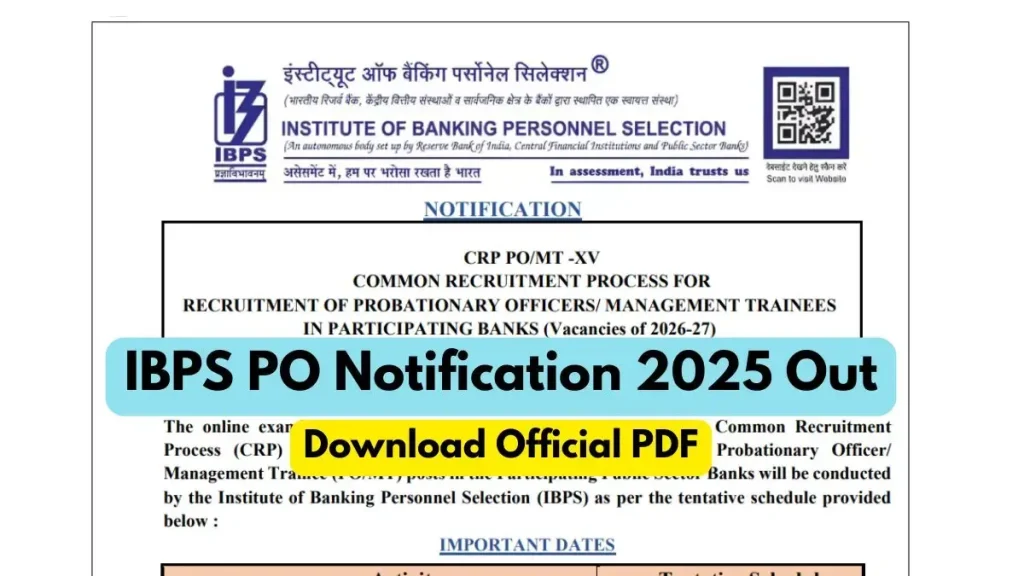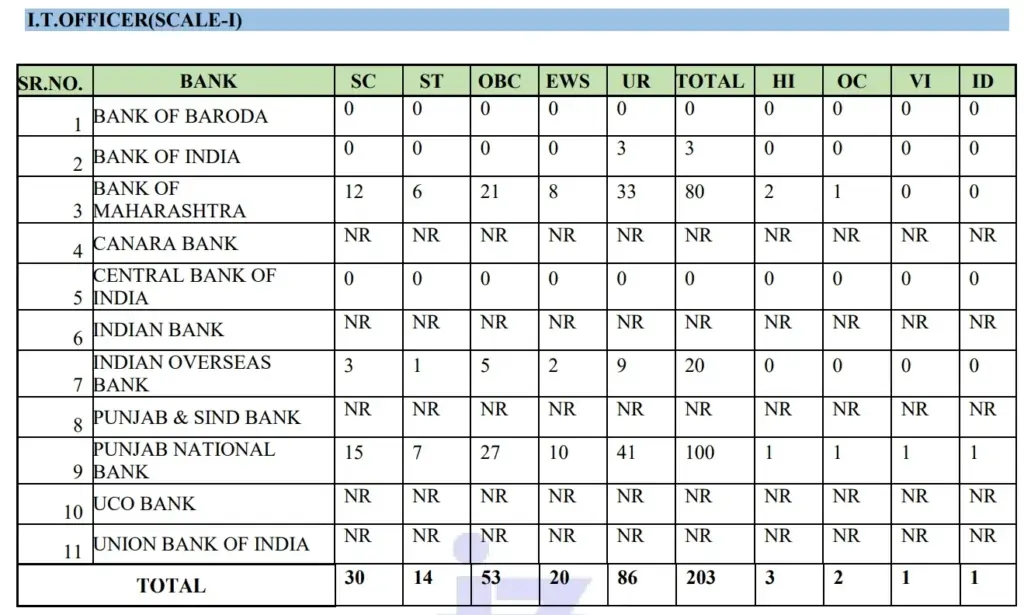Month-Long Yoga Retreats in India: India is the birthplace of yoga and still the place many practitioners consider the ultimate classroom.
While a five-day yoga holiday can offer a taste of peace, a 30-day immersive retreat promises a rare chance to reset body, mind and lifestyle.
For American travelers who want a deeper wellness journey, a month in an Indian ashram or resort can be life-changing—yet it also demands time, money, and a willingness to step far outside comfort zones.
This guide unpacks everything you need to know before committing:
average costs, daily schedules, visa rules, cultural adjustments, the best retreats, and the hidden value you might bring home long after your mat is rolled up.

1. Why 30 Days? The Science and Spirit Behind a Month-Long Immersion
- Neurological reset: Consistent practice rewires neural pathways; research suggests it takes roughly four weeks to embed new habits and stabilize cortisol levels.
- Depth over dabbling: Traditional Indian teachers view yoga as a lifestyle, not a workout. A month is the minimum period many ashrams set to teach all eight limbs of yoga—postures, breath, meditation, ethics, diet, service, and philosophy.
- Cultural integration: India’s layered culture of ritual, Ayurveda, and spirituality grows clearer over weeks, not weekends.
“After 15 days of silence in Guruji’s peaceful ashram, all the anger I’d carried for a year transformed into love.” —Elizabeth, U.S. traveler, review of a 21-day retreat in Tamil Nadu1
2. How Much Does a Month-Long Yoga Retreat in India Cost?
| Retreat Style | Sample Centers | Price Range (30 days, per person) | What’s Typically Included |
|---|---|---|---|
| Ashram-style dorms | Sivananda Neyyar Dam, Kerala | $360 – $900 | Shared room or tent, 2 vegetarian meals, 2 yoga classes daily, satsang, karma yoga |
| Midrange eco-retreats | AbhayaRanya Rishikesh | $1,200 – $2,000 | Private or twin room, 3 meals, excursions, philosophy lectures, Ayurvedic consult |
| Luxury wellness resorts | Ananda in the Himalayas | $6,000 – $12,000 | Suite, spa treatments, bespoke diet, personal yoga coach, trekking, airport transfers |
Prices vary by season; December–February peak rates can be 20–30% higher.
3. What Does a Typical Day Look Like?
| Time | Activity |
|---|---|
| 5:30 a.m. | Wake-up bell & herbal tea |
| 6:00 a.m. | Silent meditation & mantra chanting |
| 8:00 a.m. | Asana & pranayama class (90 min) |
| 10:00 a.m. | Brunch—satvik vegetarian buffet |
| 11:00 a.m. | Karma yoga (community service) or Ayurveda treatments |
| 1:00 p.m. | Philosophy lecture (Upanishads, Yoga Sutras) |
| 3:30 p.m. | Second asana class / workshop |
| 6:00 p.m. | Dinner |
| 8:00 p.m. | Evening satsang, kirtan, or yoga nidra |
| 10:00 p.m. | Lights out |
(Schedule modeled on Sivananda “Yoga Vacation” program.)
4. Top Month-Long Retreat Hubs
4.1 Rishikesh, Uttarakhand
Known as the “Yoga Capital of the World,” Rishikesh lines the Ganges with ashrams ranging from austere dormitories to chic riverfront resorts.

Centers like Tushita Meditation offer extended silent retreats, while AbhayaRanya’s 21-day Intensive attracts serious practitioners.
4.2 Kerala’s Backwaters
If you want humid sea air and Ayurveda, Kerala’s ashrams—Sivananda Neyyar Dam, Somatheeram Ayurveda Village—combine daily yoga with bespoke detox programs.
4.3 Goa’s Beach Belt
Goa blends surf culture with vedic wisdom. Purple Valley and Nalanda Retreat run 14- to 28-day programs that pair morning Mysore-style practice with afternoons free for the beach.
4.4 Himalayan Foothills (Dehradun & Dharamshala)
Luxury properties like Six Senses Vana weave Tibetan healing into tailored yoga paths; Dharamshala’s altitude and Tibetan influence add a Buddhist flavor to long-stay courses.
5. Pros & Cons of a 30-Day Retreat in India
| Pros | Cons |
|---|---|
| Deep habit formation & lasting flexibility | Time commitment—30 vacation days plus travel |
| Lower cost per day than U.S. retreats | Culture shock: squat toilets, spicy food, language |
| Authentic teachings from lineage-holding gurus | Strict rules: digital detox, silent meals, early curfew |
| Chance to pair yoga with Ayurveda, hiking, or volunteering | Monsoon or heat may challenge comfort levels |
| Visa allows up to 180 days, making a month feasible | Long travel (15+ hours from U.S.) and jet lag |
6. What Americans Should Know Before Booking
6.1 Visa & Entry
- Apply for an e-Tourist Visa (eTV) at least two weeks before departure; valid 30–180 days.
- A separate medical visa is not required for wellness travel unless undergoing major Ayurveda procedures.
6.2 Health & Safety
- Most coastal and Himalayan retreats are malaria-free zones; still carry DEET repellent.
- Bottled or filtered water is standard; carry a SteriPEN for eco-friendliness.
- Buy travel insurance that covers Ayurvedic therapies and adventure activities.
6.3 Cultural Etiquette
- Remove shoes before entering yoga halls.
- Modest clothing: shoulders & knees covered.
- Public displays of affection are frowned upon in traditional ashrams.
6.4 Money Matters
- Ashrams favor cash or Wise/PayPal transfers; luxury resorts accept cards.
- Budget extra for Ayurveda massages ($20–$50 each), laundry, and weekend trips.
7. Choosing the Right Retreat: Key Filters
- Teaching Lineage: Ask whether instructors are certified by Yoga Alliance or a traditional school like Bihar or Iyengar.
- Curriculum Breadth: Look for inclusion of pranayama, meditation, philosophy, and karma yoga—not just asana flow.
- Group Size: Smaller groups (10–15) allow personalized adjustments.
- Accommodation Style: Tent, dorm, cottage, or five-star suite—match comfort needs with budget.
- Seasonality: October–March offers pleasant weather in most regions; June–September monsoon discounts can be steep but humid.
8. Real Traveler Reviews & Quotes
“How to describe being ripped open by tenderness that leaves a million cuts without trace? Exploding into pieces at every center that puts itself back together.” —Sylvia Vana Selvy after a 21-day silent retreat1
“I came for the beaches, stayed for the pranayama workshops that balanced my anxiety better than any app.” —Ryan S., New Yorker, Purple Valley 28-day course6
“Three weeks into the program I could sit cross-legged without hip pain for the first time in years.” —Janet B., California, Sivananda Kutir
9. Are They Really Worth It? A Cost-Benefit Lens
| Factor | Month-Long Retreat | Two-Week U.S. Retreat |
|---|---|---|
| Tuition & board | $900 – $12,000 (median ~$2,400) | $2,500 – $5,000 |
| Airfare (round-trip) | $850 – $1,200 (NYC → DEL) | $250 – $450 (domestic) |
| Cost per day (all-in) | $110 average | $275 average |
| Instruction hours | 180 – 200 h | 50 – 70 h |
| Cultural immersion | Ancient temples, Ganges rituals, Ayurveda clinics | Limited |
| Disruption to work | 4–5 weeks away | 2 weeks |
Verdict: Even after factoring flights, a month in India often costs the same as or less than two weeks in a comparable U.S. retreat and delivers triple the hands-on instruction.
10. Packing Checklist for a Month in an Indian Ashram
- 2–3 moisture-wicking yoga outfits
- Lightweight shawl (doubles as meditation blanket)
- Slip-on sandals & one pair closed walking shoes
- Lockable water bottle & travel mug
- Headlamp or flashlight (frequent power cuts)
- Earplugs (ashrams often near temples with 4 a.m. bells)
- Journal & pens—most retreats ban laptops in public spaces
- Herbal first-aid: probiotics, electrolyte tabs, ginger chews
- Modest swimwear (if beach or pool on site)
11. Integrating Your Practice Back Home

Many travelers report a “post-retreat dip” when returning to Western schedules. Strategies to keep the vibe alive:
- Block one hour every morning for continued sadhana.
- Join a local kirtan community or online sangha.
- Cook one satvik meal daily; cut caffeine gradually rather than quitting cold-turkey.
- Keep your retreat teacher’s WhatsApp or email for accountability.
12. Frequently Asked Questions
Q: I’m a beginner—will I survive a month?
Most ashrams offer separate beginner tracks and rest days. If mobility or health is a concern, choose a retreat labeled “gentle” or “detox” rather than “intensive”
Q: Can I work remotely during the retreat?
Traditional ashrams enforce digital detox. Luxury resorts offer Wi-Fi, but the transformative value drops when you’re on Slack between classes.
Q: Are kids or partners welcome?
Family-friendly retreats exist, especially in Kerala beach resorts. Ashram stays generally require participants to be 16 +.
13. The Ethical Footprint of Wellness Travel
- Support local economies: Choose retreats that hire village staff and source organic produce nearby.
- Respect water scarcity: India’s water tables are stressed—short showers, eco laundry.
- Animal welfare: Avoid activities that involve elephant rides or captive wildlife shows.
A month-long Yoga Retreat in India is not a vacation in the conventional sense—it’s an immersion into a culture where every breath, chant, and curry leaf is part of a holistic worldview.
The investment—often the cost of a new laptop and four weeks of PTO—can pay dividends in posture, peace of mind, and perspective.
“Yoga is the journey of the self, through the self, to the self.” —The Bhagavad Gita
If that journey calls you, India’s mountains, forests, and seas stand ready with mats unrolled.
Before you click “book,” weigh climate, comfort level, and curriculum. But if the numbers make sense and your heart says yes, remember:
the real worth of 30 days in India is measured not in dollars or flexibility, but in how you return home—lighter, steadier, and infinitely more present.







































